Although the University of Calcutta was formally launched in 1857, it had no permanent building of its own, at least in the early years. It might be recalled that the University was initially authorized only to hold examinations and award degrees. In those rudimentary stages of its growth, library, museum and other common facilities did not receive as much attention as they deserved. It was only after the University got a permanent home of its own in 1872 that attempts were initiated for the setting up of a library. Its nucleus was formed out of a small gift of Rs. 5000 by Joykrishna Mukherjee, the public spirited Zamindar of Uttarpara. While donating the money in 1869, he expressed the hope that a small library could be set up by the University. At about the same time, Esan Chandra Ghose donated a small collection of books to the University. These efforts marked a small but auspicious beginning towards the setting up of the Calcutta University Library.
In 1874-75, an addition of Rs. 3,500 was made to the Library Fund, the total amount of which at that time exceeded Rs. 9,000. The Syndicate considered that a commencement should be made of the building up of a library stock with this sum, the problem of accommodation of the Library having been solved by the completion of the Senate House. A committee comprising Mr. Tawney, Mr. Heeley, Captain Jarret and Mr. Sutcliffe, was formed which reported that the sum was so small that it was impossible to attempt to build a library stock which in any sense could be termed complete. They were, therefore, of opinion that the Calcutta University Library collections should exist as supplementary to other existing libraries in Calcutta, especially the newly founded Indian Museum Library. At that time, there was no library containing a suitable collection of books except the Indian Museum Library. As technical libraries of Law and Medicine already existed in Calcutta and English literature, Mental Philosophy and many other subjects were represented in several collections of books available to all or most of those who were likely to have recourse to a University Library, the Committee recommended that the sum might be distributed among different subjects in the following way:-
|
The Calcutta University Library was originally meant for the use of the Resident Fellows only, although permissions were granted from time to time to bona fide research workers to use the Library. Later on, rules governing the use of the Library were revised and included Resident Registered Graduates and University teachers and scholars.
When the Post-Graduate Department was opened in 1917, the establishment of a lending section for the use of the students was considered essential and the first disbursement on account of books and periodicals was made as follows:- Rs. 18,048 (Arts) and Rs. 8,393 (Science).
The Post-Graduate Lending Library (Arts) was first housed in the ground floor of Darbhanga Building and then in the Asutosh Building of the Calcutta University till 1935, when it was shifted to the top floor of the Asutosh Building along with the collections of the University Library, known as Maharaja Rameshwar Prosad Singh Library. The Library functioned till Sunday, the 5th of March 1967, at the old premises, i.e., at the top floor of the Asutosh Building. From the 6th of March, 1967, it started functioning in the newly constructed ten storey building, named the Centenary Building.
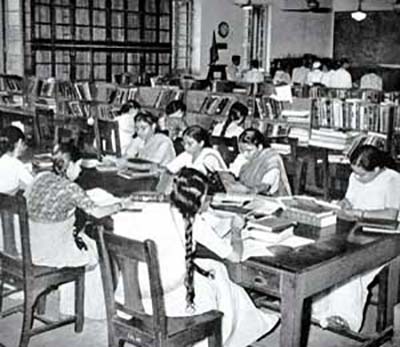
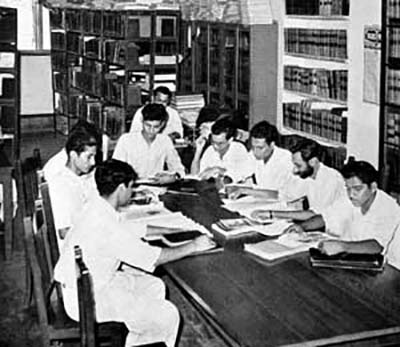
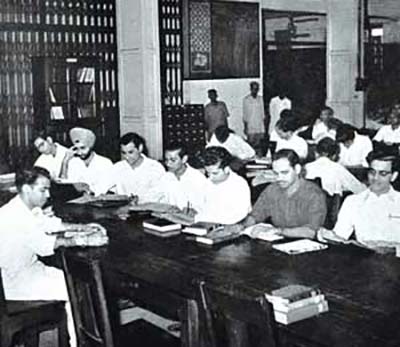

The composition of the Calcutta University Library has undergone periodic changes. At present, the Calcutta University Library system consists of the Central Library, five campus libraries, forty departmental libraries and libraries of the centres for advanced studies. The libraries are spread over eight major campuses. Departmental libraries are located within the department concerned.
The Calcutta University Library, at present, has a collection of more than ten lakh books. Besides books, the eight major campuses of the University together possess nearly two lakh volumes of bound Journals, M.Phil. and Ph.D. dissertations, proceedings of conferences, reports, maps, standards, patents, newspapers, manuscripts. The University library provides access to more than seven thousand electronic journals and more than fifty thousand downloadable electronics books for all its users in all the campuses. The departmental libraries serve the academic disciplines bearing their names. The Central Library serves the entire University community.
As many as 20 departmental libraries, out of the total, have a collection of over 15,000 volumes each. The Department of Law library holds over 85,000 volumes in hard copy. The collection is strong in all aspects with special emphasis on legal history and jurisprudence, business and commercial law, taxation and international business transactions. The Department of Law Library's old journal collections include works in the fields of history and other social and behavioural sciences relevant to legal research. Located at the academic heartland of the city, the Central Library is easily accessible from all the different campuses of Calcutta University. The Central Library remains open from 10 am to 8 pm in the week days (Monday to Friday) and from 11 am to 6 pm on Saturdays. The library collection is arranged subject-wise.
Computerisation and networking of the Calcutta University Library has been undertaken under the INFLIBNET programme of the UGC. The University Library has started automation of the library activities using SOUL, a versatile and user-friendly software from the INFLIBNET Centre.
The Calcutta University Library has its own local Network connected with a server with terminals inside the library. Online Public Access Catalogue (OPAC) of the library has databases of books, journals, theses, dissertations, etc.
The University Library has posted an online catalogue in the University Website consisting of records of books, Ph.D. theses, medical dissertations, BNCC Collection, Peace Studies Collection and others. Now users from across the globe can get information about the collection of the University Library.
In this context, it might not be out of place here to mention that Calcutta University has now become one of the few select institutions in India whose list of collections is available online.
The immense popularity of the University Library is testified by its steady growth in the number of users. At present, on an average, one thousand users use the Library facilities daily. In order to raise awareness of the Library among its various stakeholders, the University Library organises exhibitions on various subjects on a regular basis.
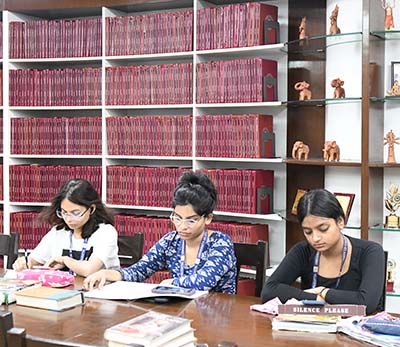
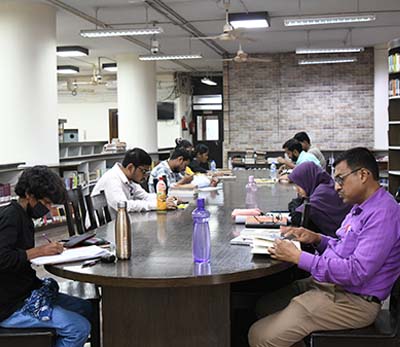
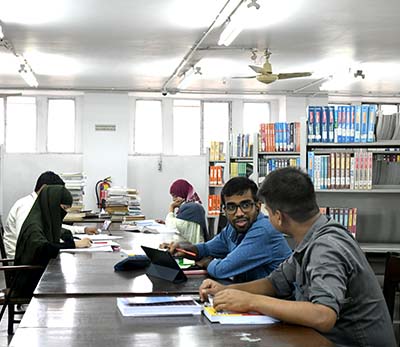
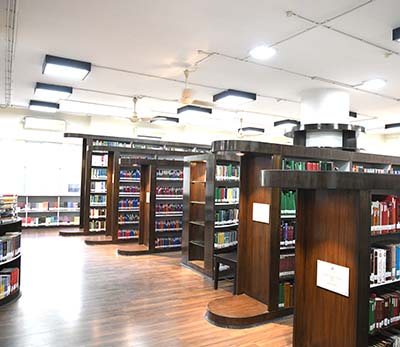
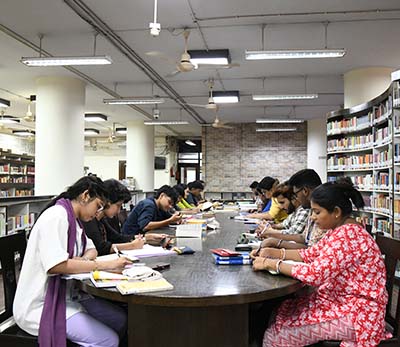
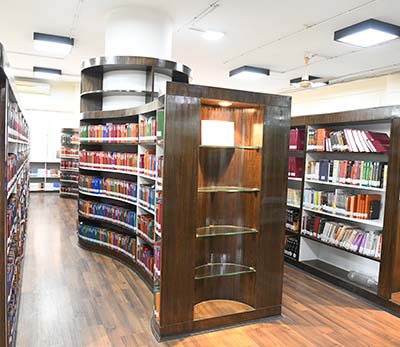
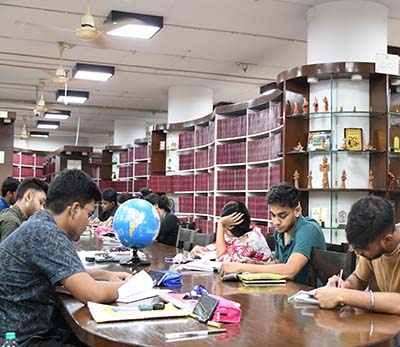

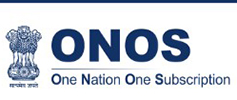
Available throughout 24 hours from all academic and administrative departments of eight major campuses including halls and hostels of the University [Click here for details]



















